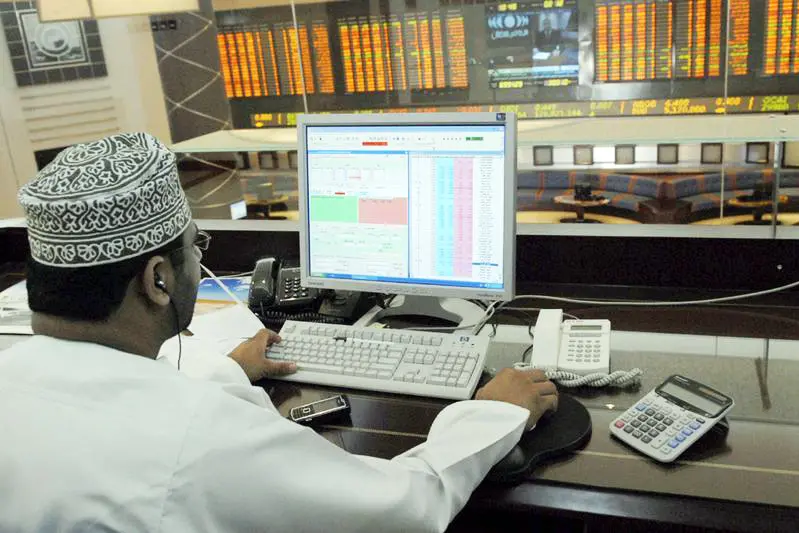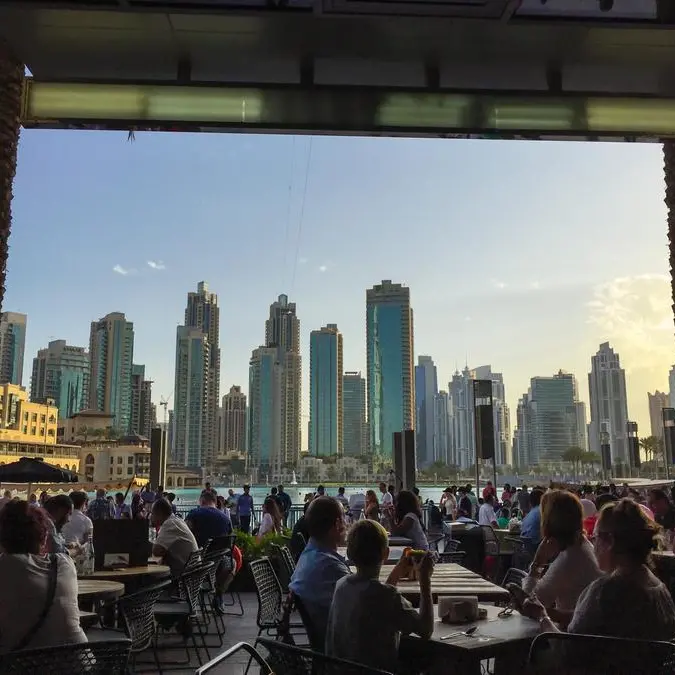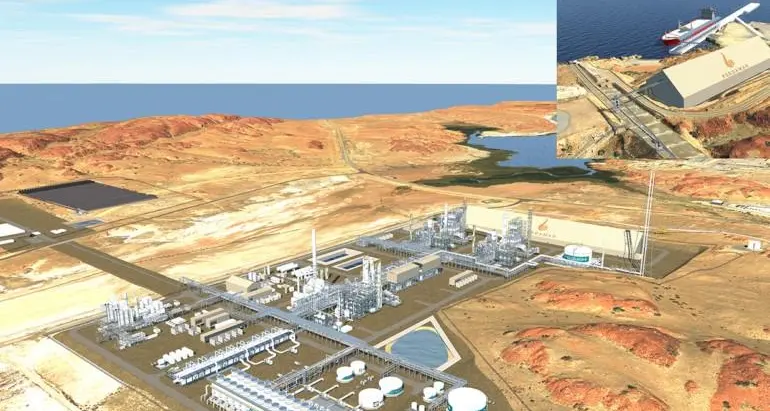PHOTO
Though average rental yields in Oman have declined sharply across all segments in the past few quarters, industry insiders express confidence that the market will stabilise in the coming months.
Rental incomes have been providing assured healthy returns for years to landlords in Oman who never had to worry much about quality and services for tenants. But real estate experts are predicting that things are going to change soon, probably forever, as the ongoing construction boom following the years of high crude prices, is set to increase supplies in a market already burdened with slowing demand.
According to industry estimates, rents in Oman, particularly Muscat, have declined continuously in the last three consecutive quarters, and the average current rentals are at least ten per cent lower than the corresponding period across all segments, a year ago.
Decline in rentals is not uniform across the sector. Among residential units, one and two bedroom apartments have seen most reduction, mostly due to higher supplies in the upcoming suburban regions such as Mabela and Amerat.
While in the case of office space, rents in areas such as CBD are under pressure, other areas such as Qurm and Shatti remain steady. Overall office space rentals have declined in the past few months as new properties are continuously entering the market. Most companies in Oman have put a hold on expansion plans due to uncertain economic activities. Similarly rents for retail space in malls have declined substantially due to higher supply in the past 24 months, but it remains steady in popular traditional markets.
Despite these conditions, real estate companies are not ready to press the panic button.
Philip Paul, head of Cluttons in Oman, says, "There is no doubt that we are passing through an economic downturn. But I wouldn't read too much negativity or gloom in that. I don't think there is a need to see this as a disaster, which is not the case. It is more of an adjustment through economic progress to match supply-demand basics."
According to Christopher Steel, managing partner at Savills Oman, at present the real estate market is quiet and the picture will become clear by September.
"Currently there is very little activity in the market, mainly due to the summer holidays, Ramadan, Eid and Eid again in September. Everything will likely remain subdued for the while as not only Omanis, but a sizeable expatriate population go on holidays during these times. We consider it misleading to call this quieter period a 'market collapse'. Yes, we are seeing some softening of rentals in specific sectors of the market but it is most definitely not collapsing overall," says Steel.
Besides softening of demand and higher supplies, some have pointed to the restrictions imposed on foreign buyers and expatriate population for the recent downturn in the sector.
As per government figures, Oman's total population touched 4.3mn this year, out of which around 1.9mn are expatriates. Majority of the expatriate population are blue collar workers, who hardly spend anything here and don't create any demand.
"We need more middle to high income level expatriate employees in Oman as they would create a huge demand for everything from housing to consumer goods and that would have provided support to rentals also," says Fahad al Ismaili founder and CEO of Tibiaan Properties.
He adds, "Moreover if the expatriate population along with global real estate players were allowed to invest here easily without unnecessary restrictions and long processes, it would have resulted in substantial investments in the sector. It would have created many jobs and helped in the diversification of the economy. Even in a low oil price environment, many people would have stayed here and rents wouldn't have fallen so much."
Fragmented and unplanned growth
Oman's real estate market is very fragmented. There are various grades of developers here ranging from Al Mouj, backed by Majid al Futtaim, mid-grade developers with projects like Muscat Grand Mall and Oman Avenues Mall, and a large number of small developers delivering very simple residential or commercial buildings.
Residential units of one and two bedroom apartments account for around 90 per cent of the total market and bigger apartments having three bedrooms and more, villas and other such properties account for less than ten per cent of the market.
Paul says, "Most of the developers in Oman are smaller ones and they are working on very slim margins, with basic designs and without proper planning. These buildings could see a sharp reduction in rents as consumers will have a number of choices available with them."
The thought process governing small players is that they will be able to make around 8-10 per cent returns with the investment as compared to 2-3 per cent returns that they will get by depositing the money in the bank, says M Sudhakar Reddy, CEO of Alhabib.
He adds, "There are no large players in Oman and everyone is a property developer by himself. These people don't have enough resources to study market conditions and predict future demand-supply matrixes. And most of them started building their projects around 2-3 years back when crude was trading above US$100 per barrel and the economy was strong."
On the outlook of the market, he says, "The World Bank has predicted 1.6 per cent economic growth for Oman in 2016, and if that happens there wouldn't be major job losses and the market could somewhat stabilise at this level. However certain areas such as Amerat and Mabela, where newer supplies are hitting the market in large numbers could remain under pressure for a longer term."
As per an industry estimates, nearly 1,600 new apartments are likely to enter the property market in the next 12 months, and it is going to put additional pressure on rents.
"A big problem in Oman is that the market is not regulated. So anybody can erect a building and can earn rental income without any proper planning. This has resulted in oversupply and has put pressure on rentals," says Ismaili.
Future outlook
In the last ten years, Oman's property market has matured a bit, though majority of the developers are still functioning in the old style of buying a small plot and constructing a building with bare minimum facilities. This kind of arrangement works well during boom time but fails during troubled times like this. But on a positive note, most of these developers are now seeking help from professionals.
"Things are changing now. More and more developers are seeking expert advice, be it from experienced real estate designers, architects or engineers. These developers focus on where they are and what their targeted market is and its needs. We are seeing a lot more people coming to us for advice, seeking guidance on values and what to build," says Paul.
Despite softening of the market, real estate professionals claim that well-maintained and well-built properties are still in demand. Properties like these have been able to meet good level of occupancy and certain levels in pricing also.
Commercial setback
Though residential rentals are declining, real estate consultants are of the opinion that since housing is a basic necessity, there won't be any drastic reductions in the segment from here on. But commercial space and retail space in malls could continue to be under pressure as new entrants are finding it very difficult to maintain desired occupancy levels.
According to a report by Savills, there has been minimal activity in the office sector since the beginning of 2016. Many corporates are adopting the wait and watch policy and are quietly nervous about increasing costs, taxation and general operating overheads overlapped with reduced income projections.
"With a pipeline of circa 170,000sq m of new commercial space destined to be completed in the next 18 months, there is concern that another over supply scenario may result in the short term, dampening any prospects of rental growth," the report says.
In the retail space segment, Oman is likely to see higher supplies in coming months, which could lead to further softening of rental yields as many new malls are still struggling with lower occupancy rates. As per industry estimates, currently 345,000sq m of retail space are available in malls in Muscat and going forward another 280,000sq m of retail space could be further available in next 2-3 years.
"Though retail space in malls is seeing declining yields surprisingly, retail space in traditional markets such as Ruwi, Muttrah or Al Khoud is still holding premiums, mostly due to their prime location," says Reddy.
Despite the slowdown, real estate remains a favourite avenue for investments and it continues to attract foreign investment though at much lower levels compared to neighbouring UAE. Experts are predicting a rebound in the market after a slight correction in the coming months as the government's push for diversification could generate demand for real estate even in the case of muted recovery in crude prices.
© businesstoday 2016











